Over 300 exposed women studied from a national pregnancy registry

In a newly published study in the Journal of Psychiatric Research (2017 Dec;95:84-90), women taking second-generation antipsychotic medications during pregnancy had no increased risk of developing gestational diabetes compared with a similar cohort of pregnant women who did not take these medications.
Advertisement
Cleveland Clinic is a non-profit academic medical center. Advertising on our site helps support our mission. We do not endorse non-Cleveland Clinic products or services. Policy
So-called atypical or second-generation antipsychotics — most of which were approved in the mid-1990s for treatment of schizophrenia and other psychoses — have been linked to weight gain and a greater risk of developing diabetes, so their safety in pregnancy has been of concern. Since their approval, the drugs have also been widely prescribed for various nonpsychotic conditions, including depression, anxiety, autism, obsessive-compulsive disorder and sleep problems.
“Because atypical antipsychotics are so commonly used and have a known association with diabetes, we were relieved that we didn’t detect an increased risk of gestational diabetes in pregnant women,” says Adele Viguera, MD, a study co-author and psychiatrist with Cleveland Clinic’s Department of Psychiatry and Psychology and Center for Behavioral Health. She is also the emeritus Associate Director of the Perinatal and Reproductive Psychiatry Program at Massachusetts General Hospital, where she practiced before coming to Cleveland Clinic.
The study, based on data collected by the Massachusetts General Hospital National Pregnancy Registry for Atypical Antipsychotics (NPRAA), evaluated 303 women who took atypical antipsychotics in the first trimester of pregnancy and compared them with 149 nonexposed women who also had a psychiatric condition. Gestational diabetes was determined from the medical record or by maternal report of the diagnosis during pregnancy or postpartum.
The crude odds ratio (OR) of developing gestational diabetes for women taking atypical antipsychotics was 1.02 (95% CI, 0.54 to 1.91) relative to the control group, and 0.79 (0.40 to 1.56) after adjusting for age, race, socioeconomic factors, smoking and primary psychiatric diagnosis. The study authors concluded that the findings suggested no increased risk.
Advertisement
The authors noted that the study selected only women who did not have diabetes before pregnancy, so it’s possible that women in the study — many of whom had taken the drugs for some time before pregnancy — were less likely to be susceptible to diabetogenic effects of the medications, introducing a bias. However, adding women from the database who had pre-gestational diabetes to the analysis did not change the outcome of a null association.
This study was a secondary analysis of another recent investigation based on the registry. That investigation, published in the American Journal of Psychiatry (2016;173:263-270), evaluated whether the use of atypical antipsychotics in pregnancy led to major malformations in newborns. In that study, no statistically significant difference was found between women taking the medications compared with women who were not exposed.
In both studies, the sample size was too small to allow separate analysis of the effects of individual drugs.
“We intend to continue our studies as more data become available in the registry,” adds Dr. Viguera, who was a co-author of the newborn malformation study. “At this time, our findings can provide reassurance to women that these drugs appear to be safe to take in pregnancy.”
The NPRAA was established in 2008 as part of the National Pregnancy Registry for Psychiatric Medications, which also includes separate databases for antidepressants and for other psychiatric medications (stimulants, anxiolytics and other agents). It was co-founded by Dr. Viguera with Lee S. Cohen, MD, psychiatrist at Massachusetts General Hospital. The two continue to collaborate on research and overseeing the registry, which is the only one of its kind in the United States.
Advertisement
The registry continuously enrolls pregnant women between ages 18 and 45 with a history of psychiatric illness, and now contains more than 1,000 women. Phone interviews are conducted prospectively at enrollment, at seven months’ gestation, and two to three months postpartum. Authorization for access to medical records is obtained for obstetric care, labor and delivery, and newborn pediatric care.
All pharmaceutical companies that market atypical antipsychotics are invited to sponsor the registry, and a list of current sponsors, past sponsors and companies who have declined sponsorship is available on the registry website.
According to Dr. Viguera, safeguards are in place to ensure that research is conducted independently of pharmaceutical sponsorship by having a separate scientific advisory board and by not sharing preliminary results with sponsors.
She adds that published findings of the NPRAA studies are timely as FDA requirements shift from an arbitrary category labeling system for medication package inserts to a more descriptive explanation of risk based on available published data.
“Such reproductive safety data are invaluable to physicians advising patients,” Dr. Viguera notes. “Questions on the safety of psychiatric drugs could not be studied as quickly and inexpensively without the participation of women who sign up for the national registry. These registry-enabled studies support obstetricians and psychiatrists by providing them with important evidence-based guidance.”
For more information on the registry, call 1-866-961-2388 or email registry@womensmentalhealth.org.
Advertisement
Advertisement

Real-world claims data and tissue culture studies set the stage for randomized clinical testing
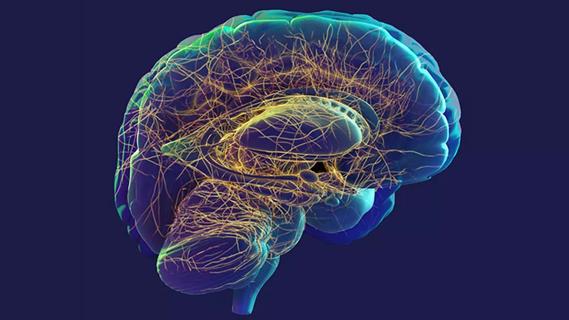
New grant-funded investigation illustrates impact and reach of Cleveland Clinic Brain Study
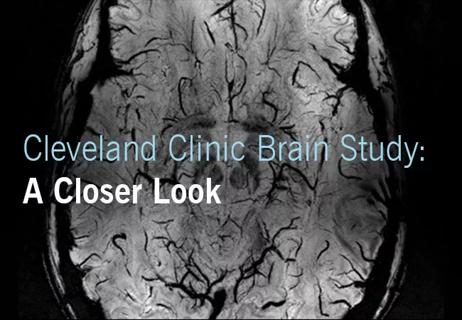
How the new longitudinal investigation could become the Framingham Heart Study of brain health
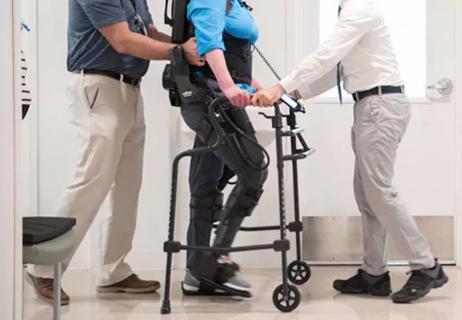
Pilot findings show good patient acceptance and safety, early hints of efficacy

Study finds high prevalence of symptoms, willingness to seek treatment
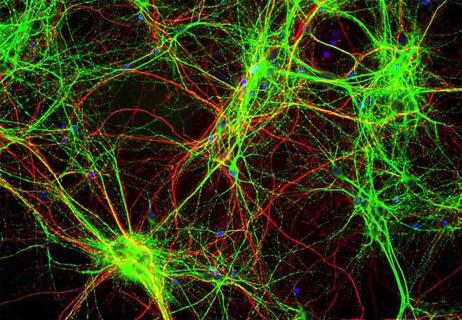
Panel outlines research priorities around a promising alternative to imaging markers
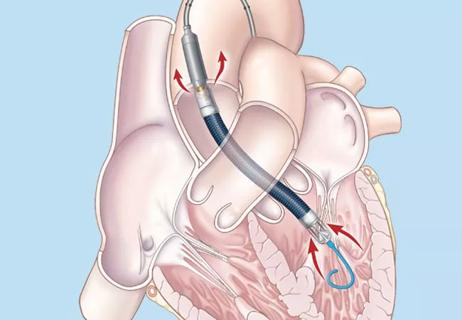
Suspected factors include antithrombotic intensity, time on device, presence of thrombocytopenia
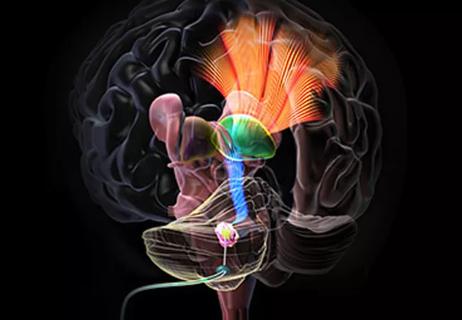
Preclinical studies will assess whether method developed for stroke recovery curbs deficits after brain injury